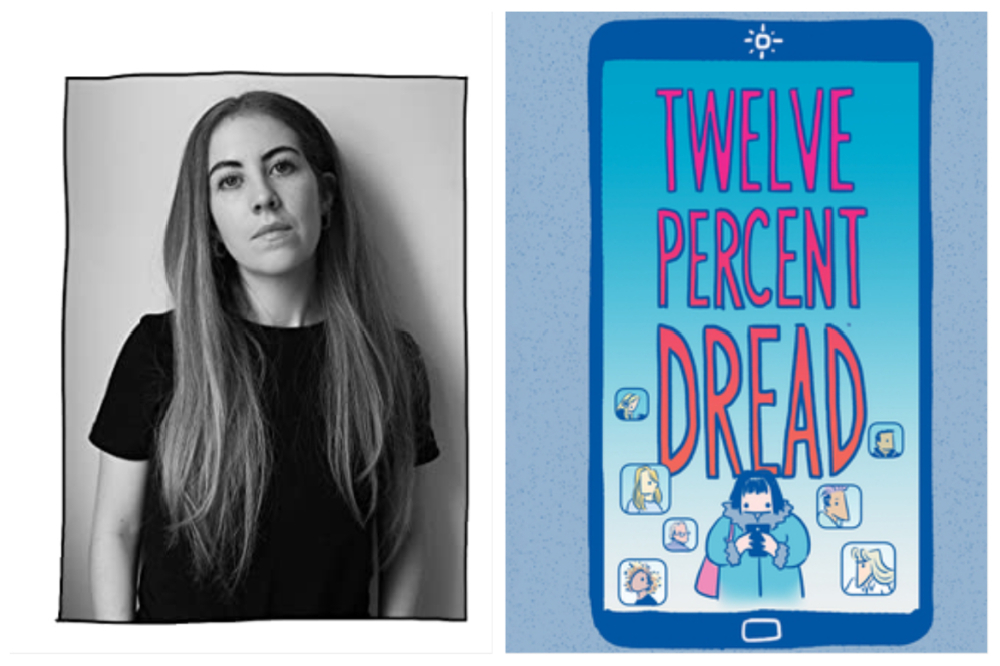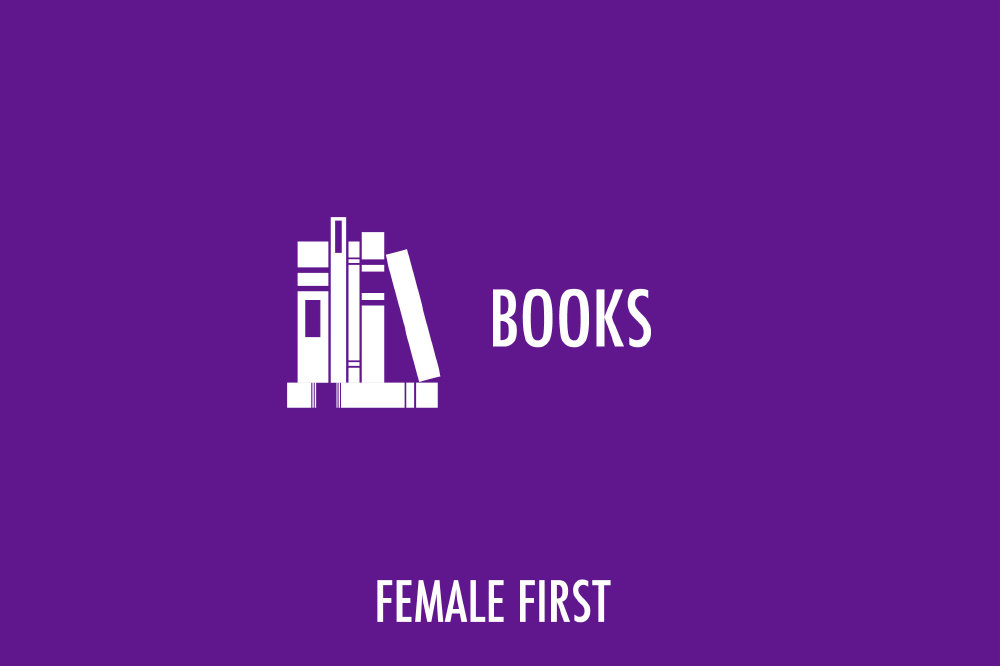Play to your strengths: If you’re good at drawing horses, write a graphic novel about a horse. If you like drawing cars or machinery, write a story involving those. I like drawing people, so my graphic novel is mostly close up shots of the characters. Every now and then I have to draw the background they are standing in - a room, a street - and it takes me absolutely forever and I hate it! So try and give yourself a task you’ll actually enjoy executing.

Emily McGovern, Twelve Percent Dread
Script, storyboard, repeat: This is the way I do it - kind of like a movie (assuming you are the person both writing and drawing the book). I type a dialogue script, with a few “stage directions” describing the artwork if needed. Then I draw up storyboards in pencil on A4 printer paper, using scribbly stick figures and speech bubbles. This helps to show up the flaws - bits that are boring or unneccessary, or bits that just don’t translate well onto the page and need changing. I’ll make small edits and scrawl notes on the storyboards in red pen - things like “NOT FUNNY” and “THIS IS TERRIBLE “ and “AAAAAGGRHHH NO”. Then I’ll go back to the script and try to…execute those instructions. And we start the whole process over again. I think on my latest book I had about 7 entire script re-drafts and I re-drew the whole 400-page book about 5 times. All in all it took about 2 years.
Give important moments more space (literally): This is the basic language of comics and graphic novels. Fast-paced scenes can be conveyed with more, smaller panels, and big important moments can use one panel to take up a whole page. The pace of a graphic novel is very important - the reader’s eye needs to absorb the information at the right time, in order for the story element to land properly. Usually when I draw my first draft, it’s very rushed and crammed together, and the re-drafting process is about giving the important moments more space to breathe.
Draw it, put it away, draw it again: After you’ve done a draft, you’ll probably hate it, so just put it away. When you come back to it, it will likely be better than you remembered, plus you’ll be able to spot the things that need fixing and that will hopefully inspire you to start another draft.
Give yourself time: Assuming you’ve got all your other elements in place - drawing still takes a hell of a lot longer than you might imagine! Even if you’re just tracing over old artwork, you want to get it right. Also - this happened to me both times I wrote a graphic novel - by the time you reach the last page of the book, it will have taken you so long that your art style may have developed to a point where the first pages look nothing like the rest of the book. Both times, I had to go back and re-draw Chapter 1!


